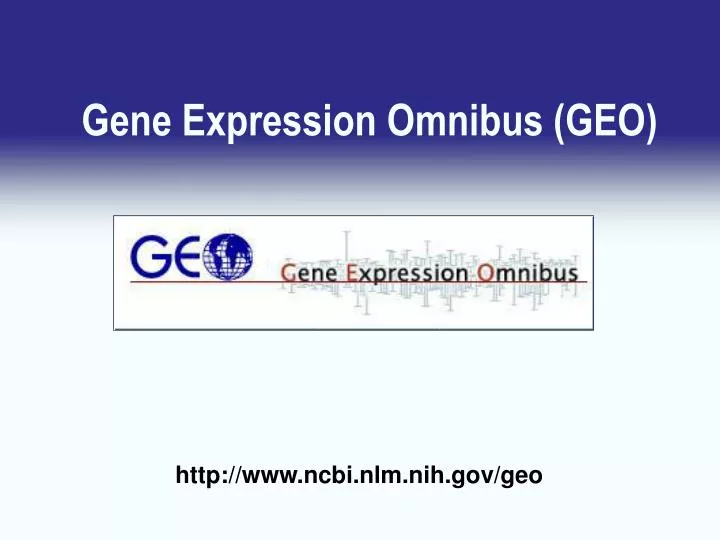

Transcription ends when the polymerase encounters a sequence called the terminator. RNA polymerase III transcribes 5S rRNA, transfer RNA (tRNA) genes, and some small non-coding RNAs ( e.g., 7SK). RNA polymerase II (Pol II) transcribes all protein-coding genes but also some non-coding RNAs ( e.g., snRNAs, snoRNAs or long non-coding RNAs). RNA polymerase I is responsible for transcription of ribosomal RNA (rRNA) genes. In eukaryotes, transcription is performed in the nucleus by three types of RNA polymerases, each of which needs a special DNA sequence called the promoter and a set of DNA-binding proteins- transcription factors-to initiate the process (see regulation of transcription below). In prokaryotes, transcription is carried out by a single type of RNA polymerase, which needs to bind a DNA sequence called a Pribnow box with the help of the sigma factor protein (σ factor) to start transcription. This RNA is complementary to the template 3′ → 5′ DNA strand, with the exception that thymines (T) are replaced with uracils (U) in the RNA. The production of a RNA copy from a DNA strand is called transcription, and is performed by RNA polymerases, which add one ribo nucleotide at a time to a growing RNA strand as per the complementarity law of the nucleotide bases.

Such phenotypes are often expressed by the synthesis of proteins that control the organism's structure and development, or that act as enzymes catalyzing specific metabolic pathways.Īll steps in the gene expression process may be modulated (regulated), including the transcription, RNA splicing, translation, and post-translational modification of a protein. The genetic information stored in DNA represents the genotype, whereas the phenotype results from the "interpretation" of that information. In genetics, gene expression is the most fundamental level at which the genotype gives rise to the phenotype, i.e.

The process of gene expression is used by all known life- eukaryotes (including multicellular organisms), prokaryotes ( bacteria and archaea), and utilized by viruses-to generate the macromolecular machinery for life. Gene expression is summarized in the central dogma of molecular biology first formulated by Francis Crick in 1958, further developed in his 1970 article, and expanded by the subsequent discoveries of reverse transcription and RNA replication. These products are often proteins, but in non-protein-coding genes such as transfer RNA (tRNA) and small nuclear RNA (snRNA), the product is a functional non-coding RNA. Gene expression is the process by which information from a gene is used in the synthesis of a functional gene product that enables it to produce end products, protein or non-coding RNA, and ultimately affect a phenotype, as the final effect.


 0 kommentar(er)
0 kommentar(er)
